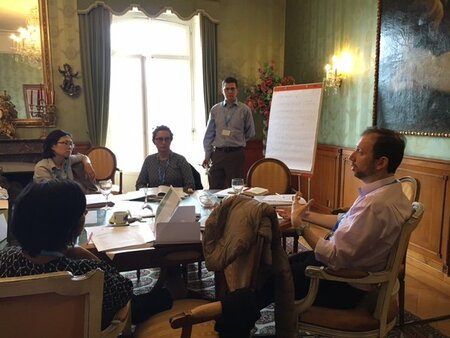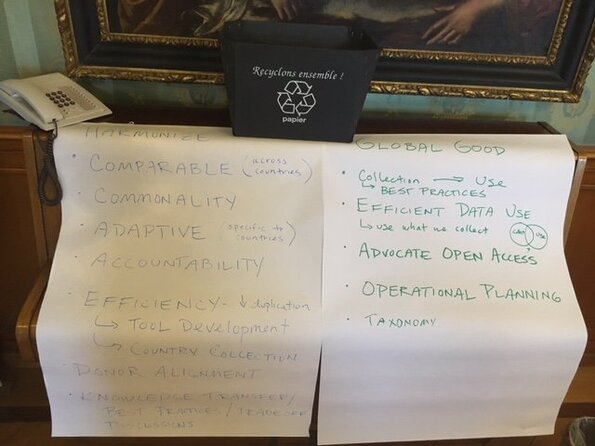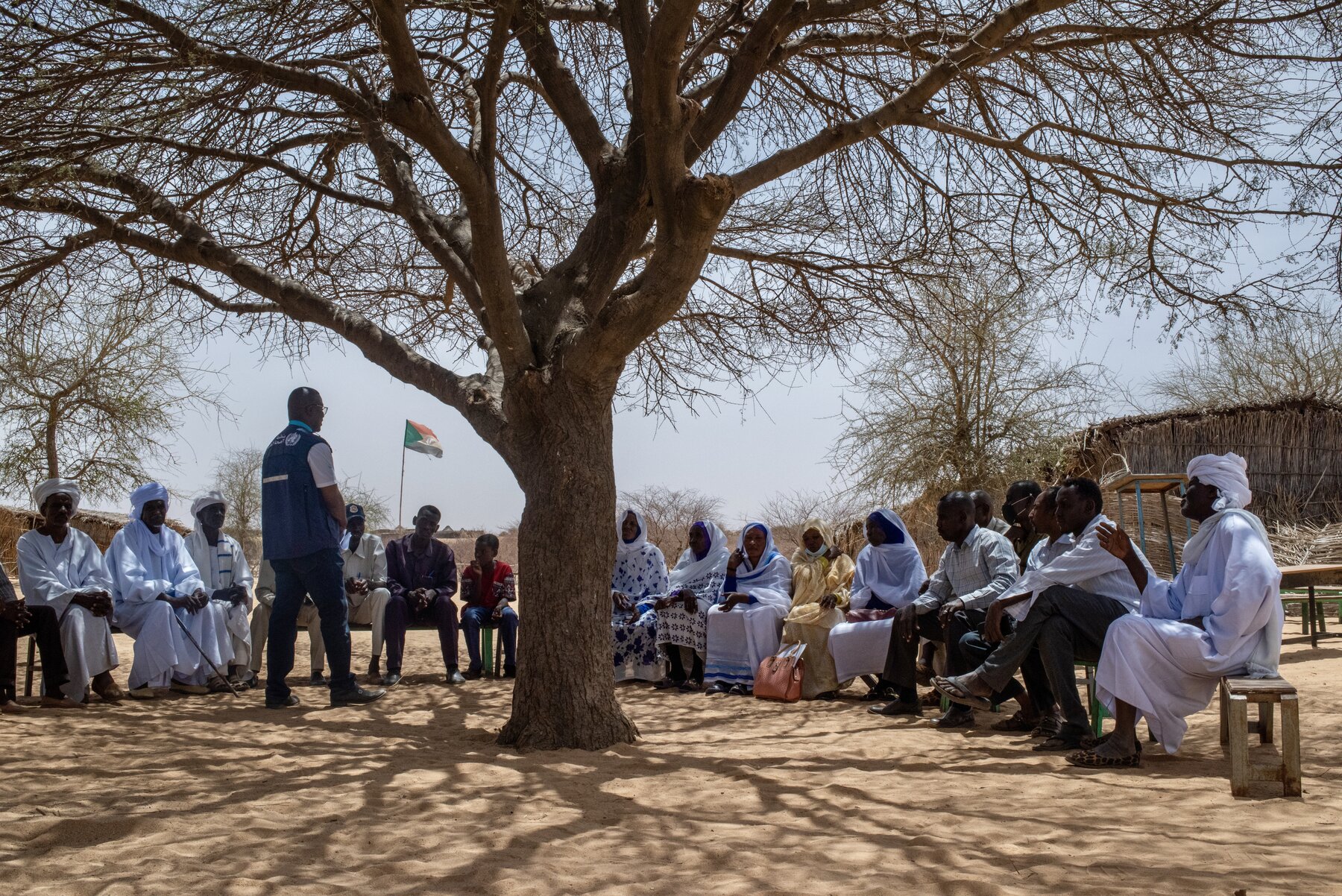Health Data Collaborative: Changing How Global Health Partners Work in Countries
18 May 2016

When it comes to measuring how well countries are improving the health of their people, millions of dollars have been spent on developing and implementing robust data collection and analysis tools. Such instruments help identify strengths and weaknesses in health systems and inform investment decisions to address them. Here’s the problem: over the years, many tools have been developed to serve specific purposes, while collecting overlapping information.
In the case of health facility surveys that collect data on availability of hospital beds, lab tests, and service capacity, among other areas, at least eight separate tools have been developed by numerous global health organizations. This has resulted in some countries conducting multiple overlapping health facility surveys in one year using the various tools.
Efforts to reduce such duplication, a systemic problem that isn’t unique to facility surveys, are underway. Last week, 52 technical experts from 20 global health organizations, academia and civil society, gathered in Glion, Switzerland, to convene a working group which aims to agree on a more aligned approach to health facility and community data.
The working group is one of five that are carrying out the mission of the Health Data Collaborative, a coalition of more than 30 global health partners committed to strengthening health information systems so countries can make informed decisions about where to target resources, leading to sustainable health sectors and improved outcomes. Doing that efficiently requires a fundamental cultural change in how global health partners behave: aligning and harmonizing their financial and technical resources. While these principles of alignment aren't new, putting them into practice is.

The meeting in Glion was the first step in that process. During two days of breakout sessions, four sub-groups worked on detailed plans of action. Among the target outputs from the facility survey sub-group is a list of core health indicators that will be common across all existing survey tools. Other sub-groups laid out plans to agree on a core set of quality of care measures; devise common approaches for community health information systems; and break down silos of routine health information systems that are focused on single programs such as HIV or immunization.
Ultimately, the working group is aiming to get to a level of harmonization that makes the collected data comparable across countries and reduces the administrative burden on countries, while providing flexibility to adapt tools based on countries’ specific data needs. Over the next year, the group will convene virtually once a month to provide progress updates and coordinate activities.
The facility and community data working group is just one example of how the Health Data Collaborative will operate in the months and years to come. In addition to developing harmonized technical tools, the Collaborative is actively engaging with more than 15 ministries of health in Africa and Asia who have requested aligned technical support and investments that back national priorities in health monitoring and evaluation programs.
For more information on the Health Data Collaborative, please visit www.healthdatacollaborative.org.

